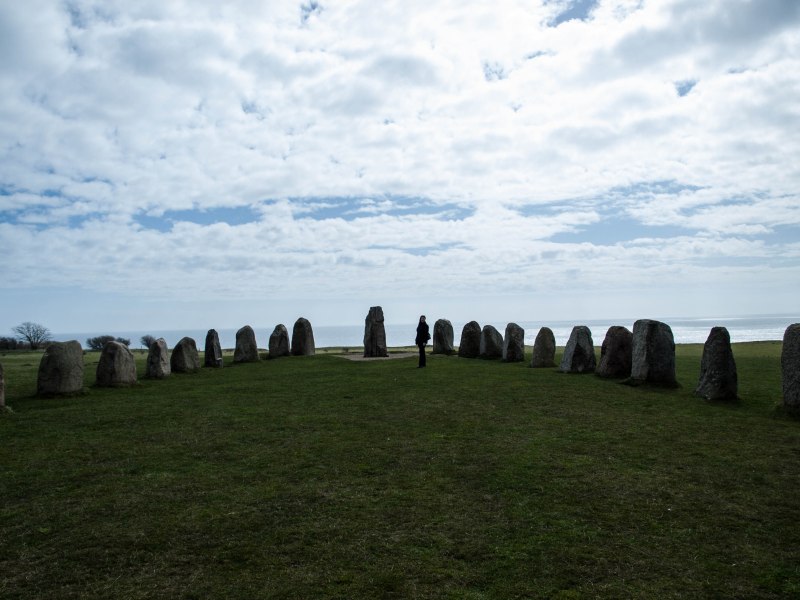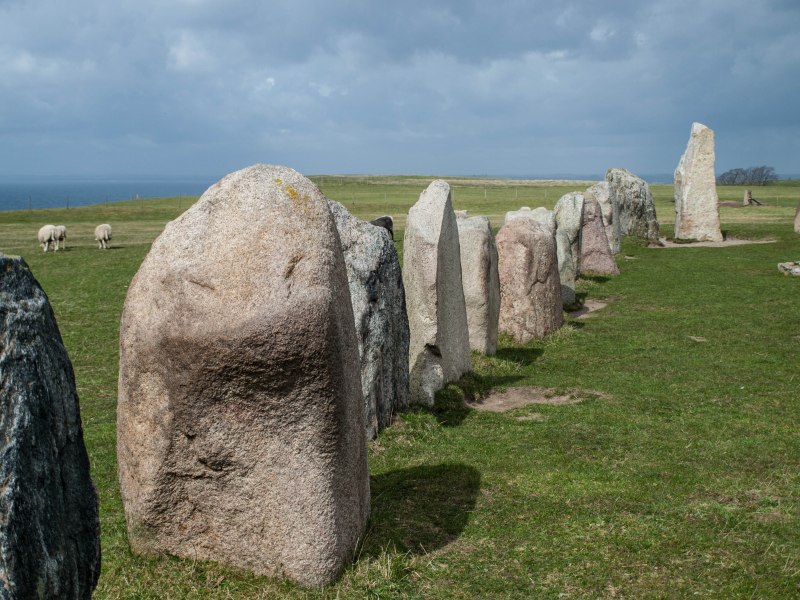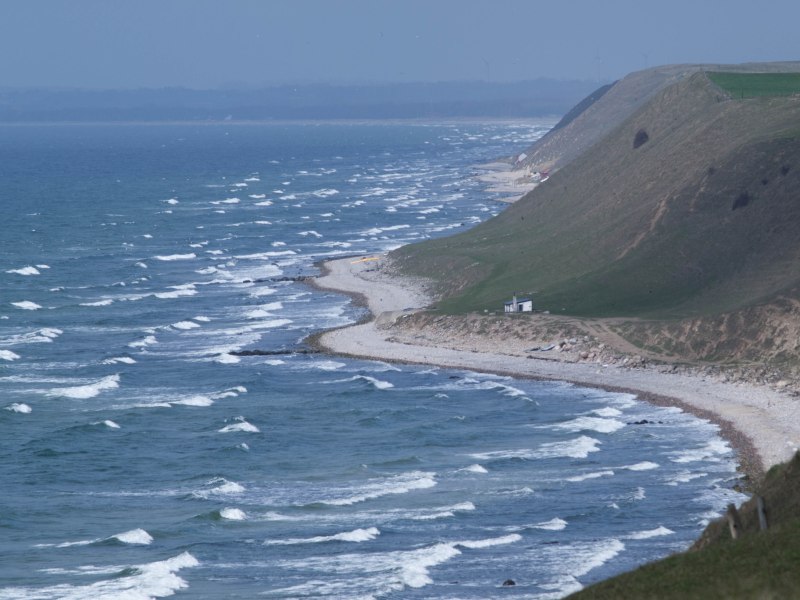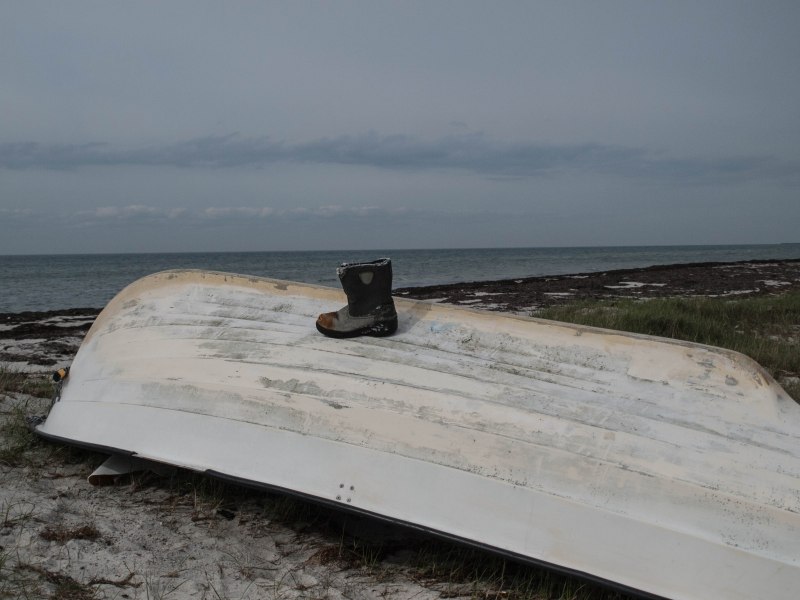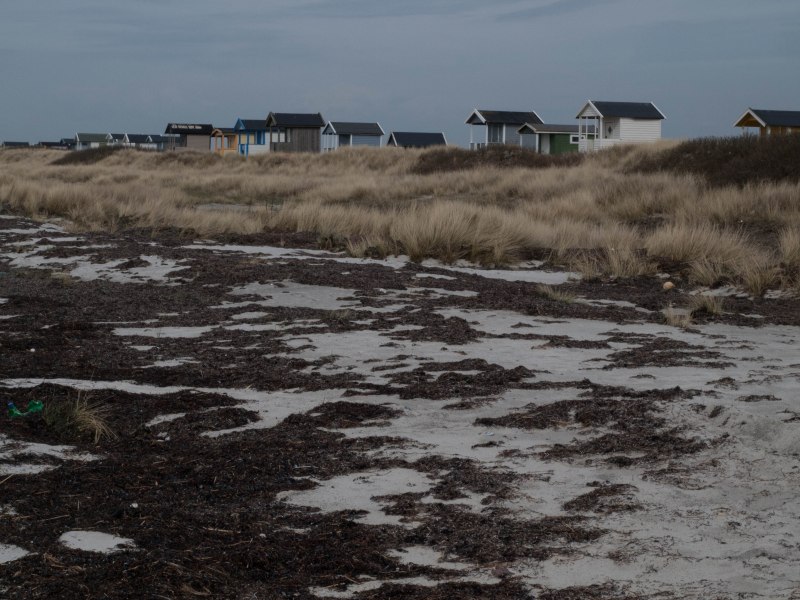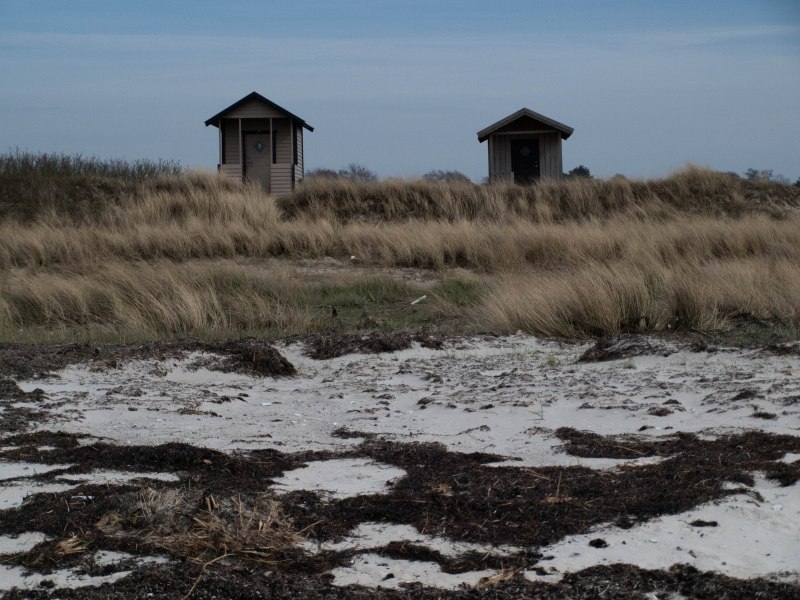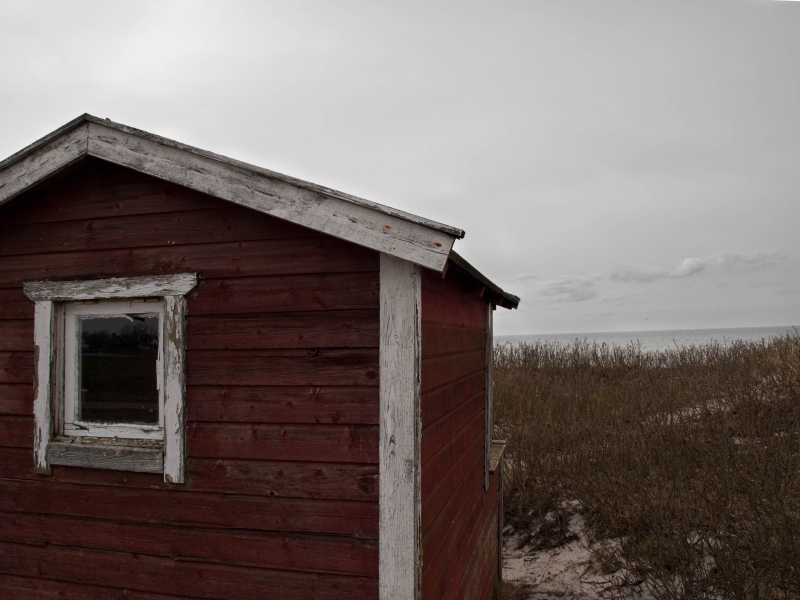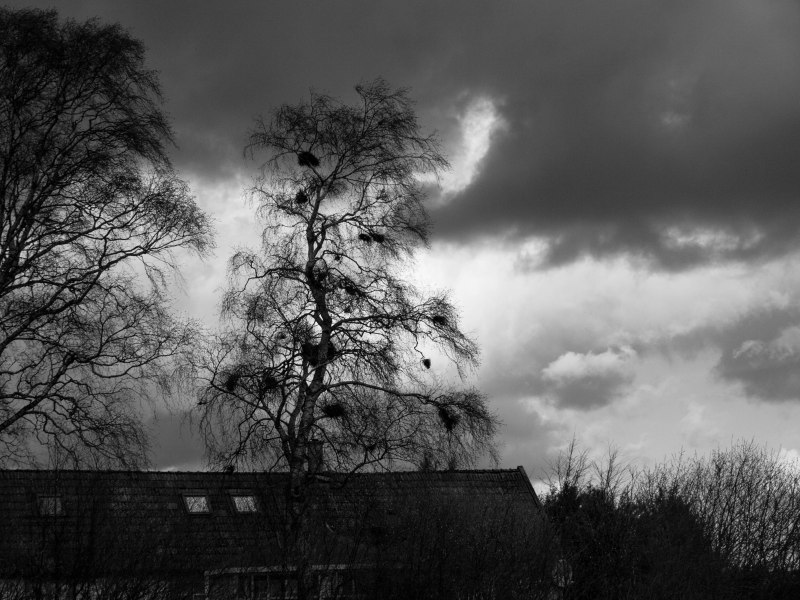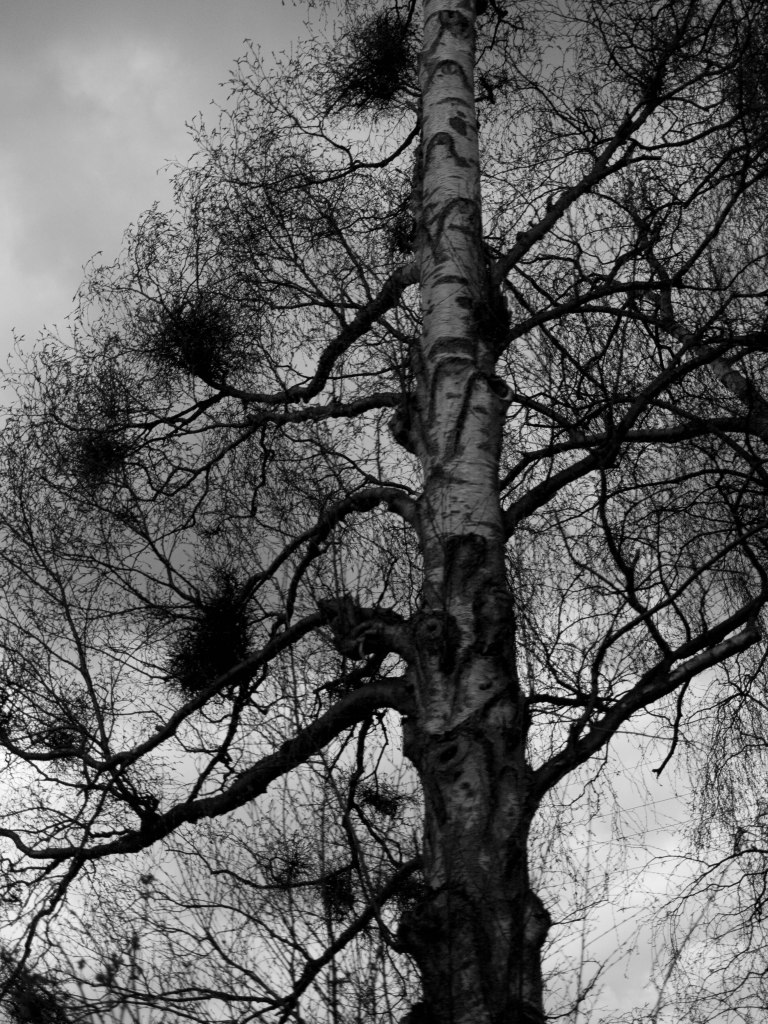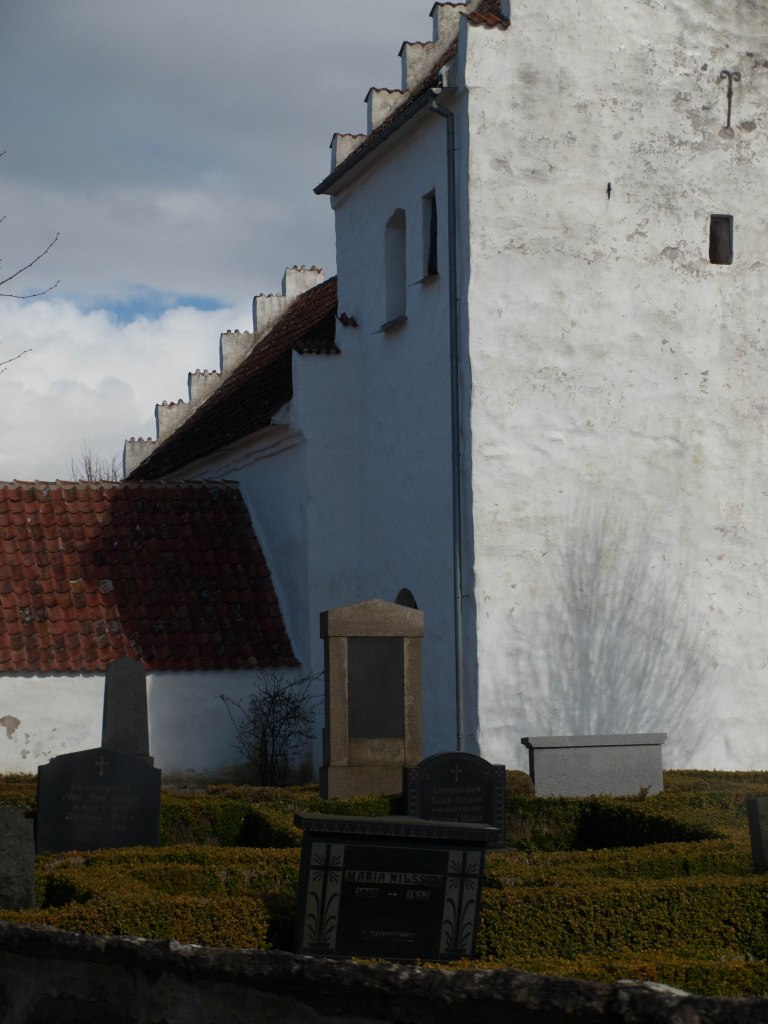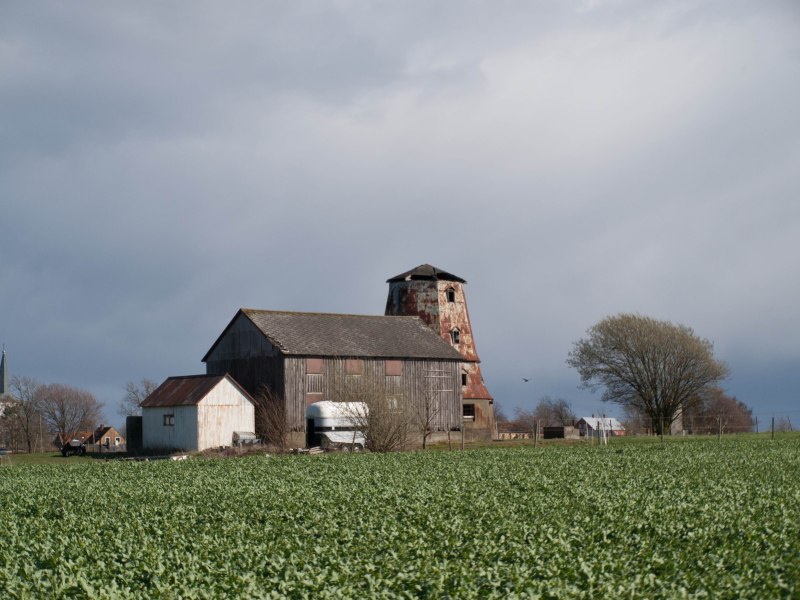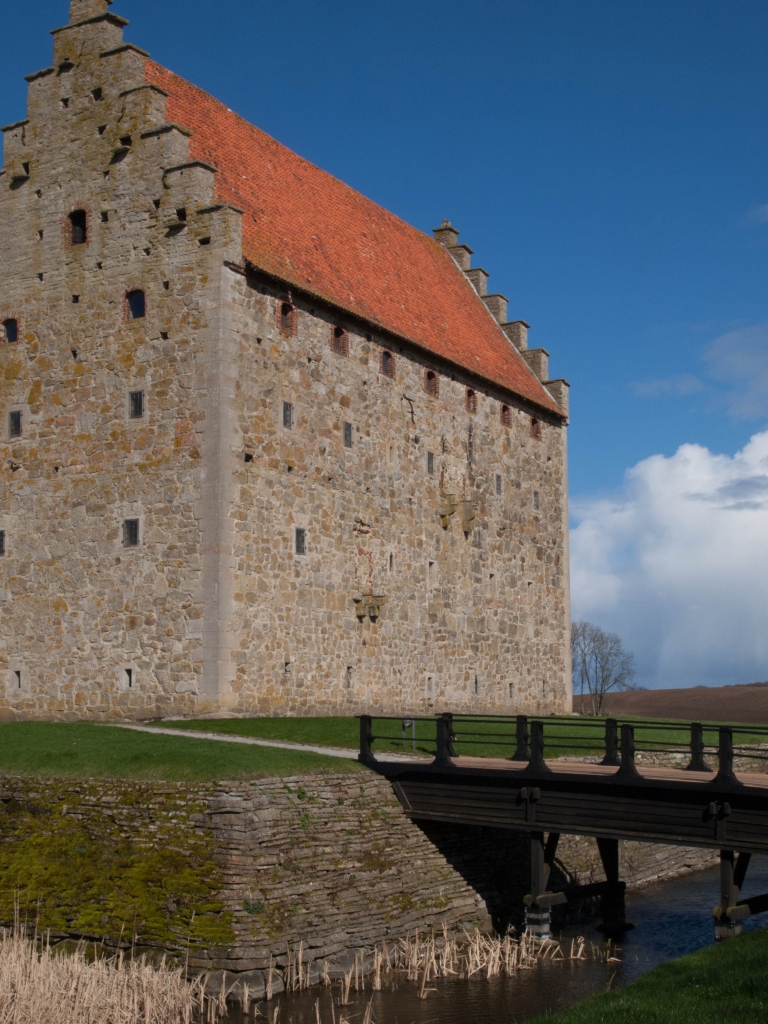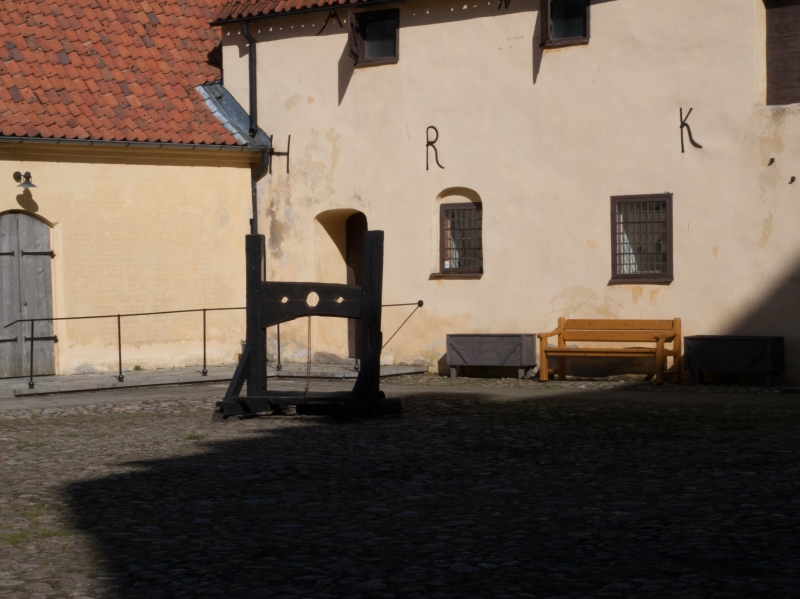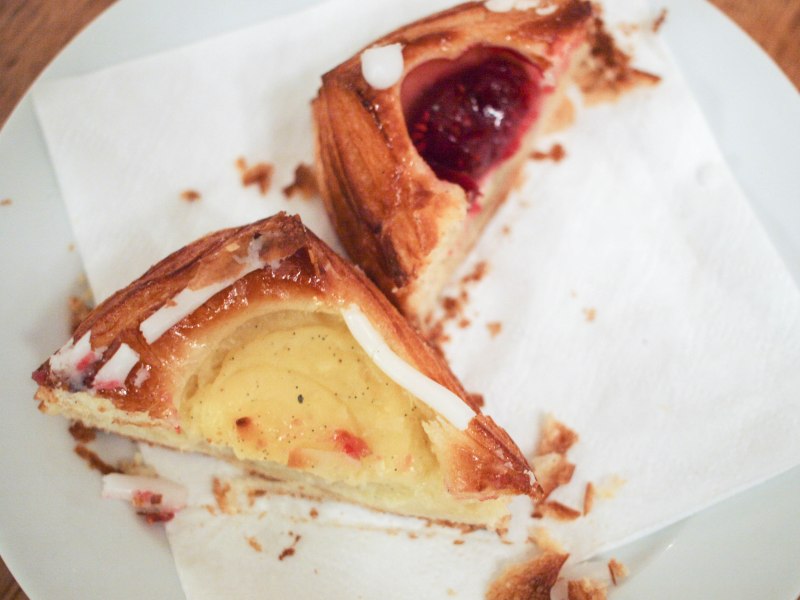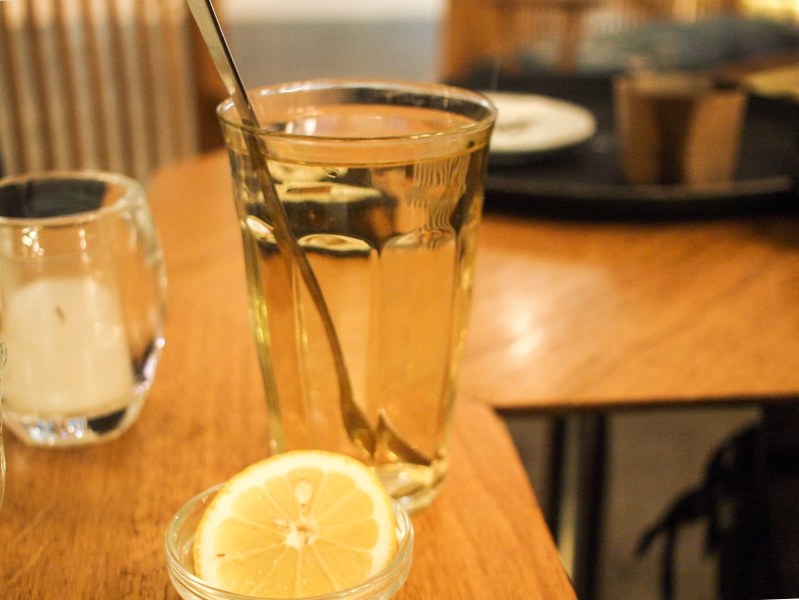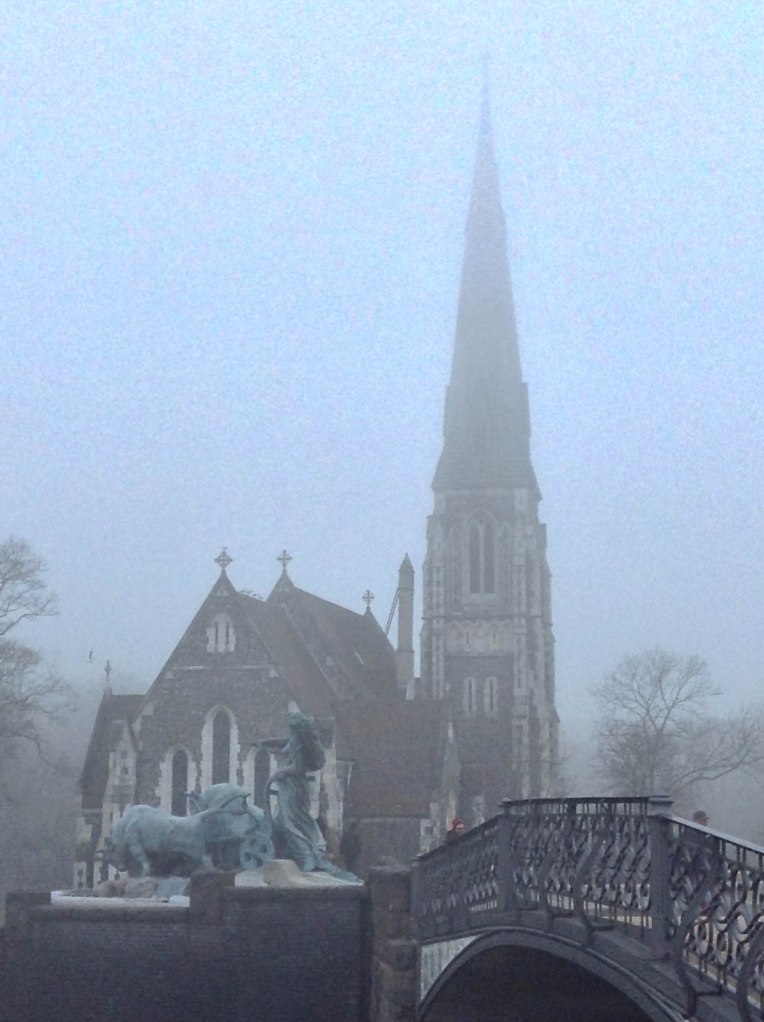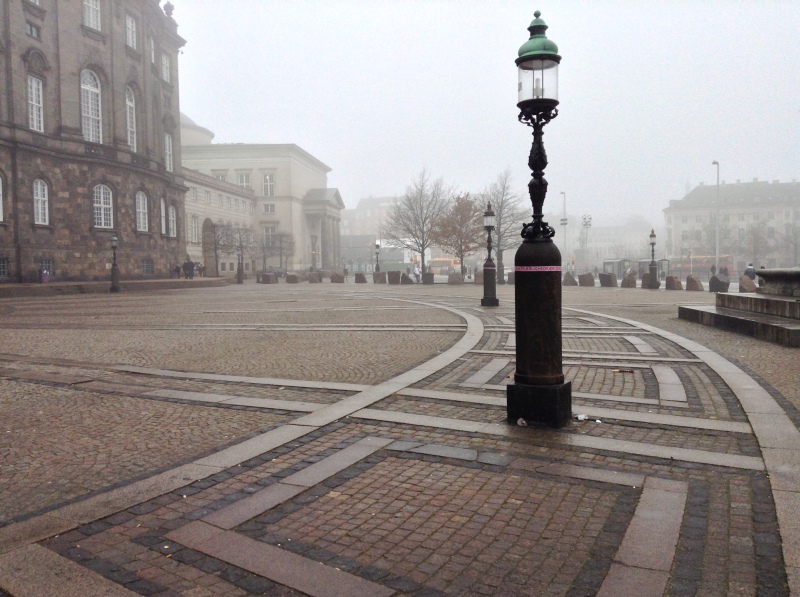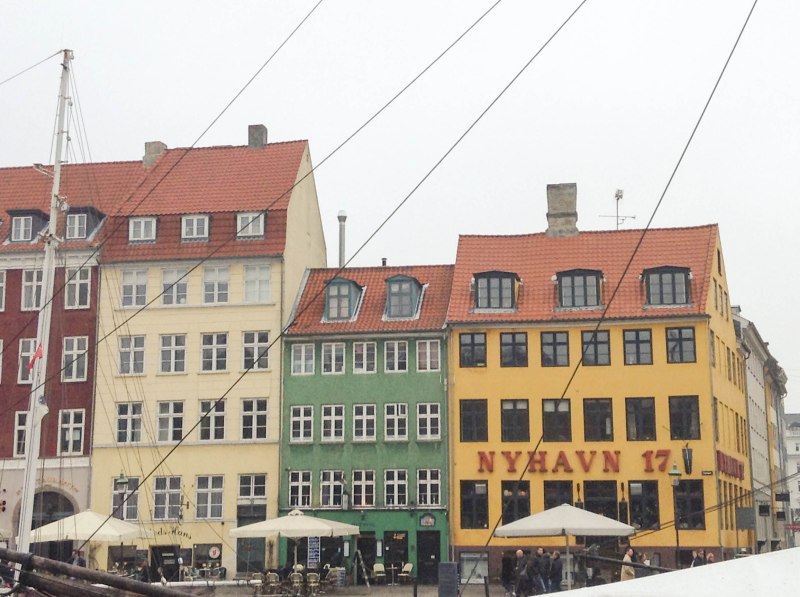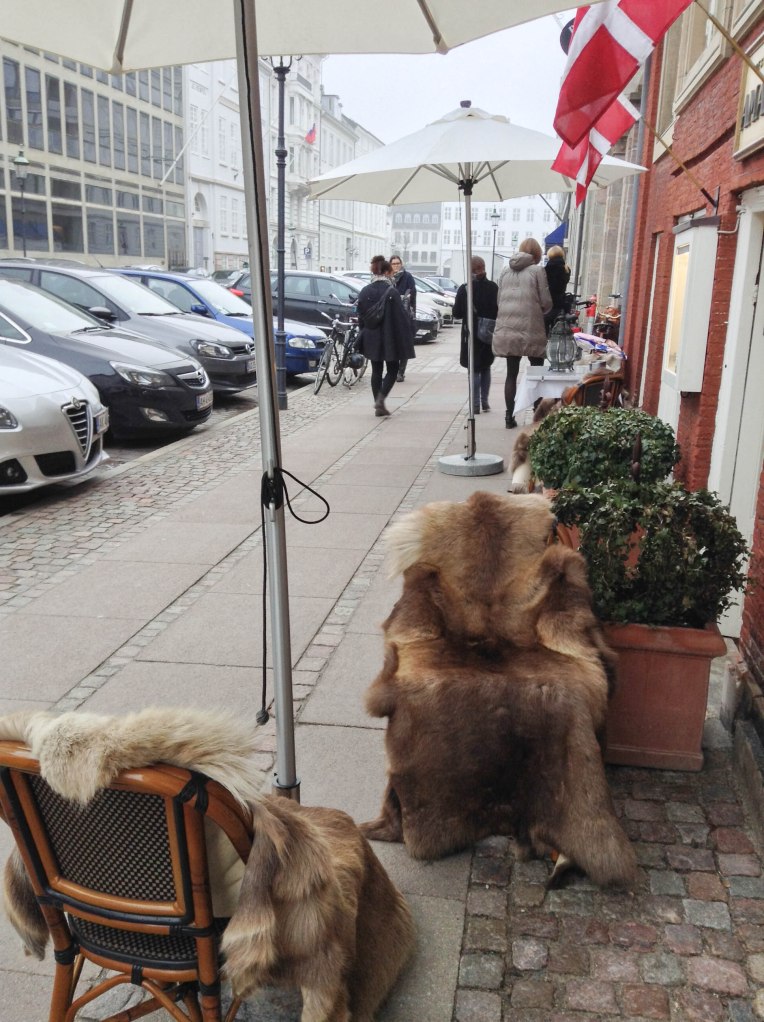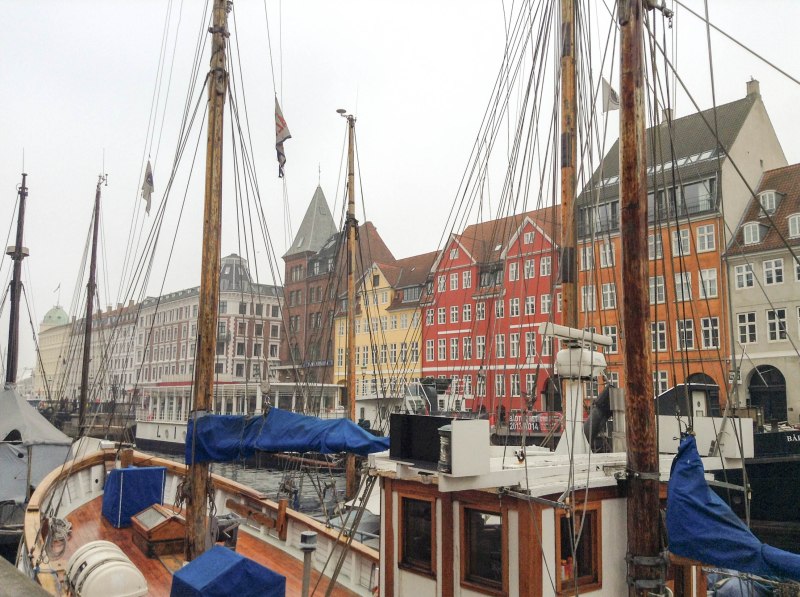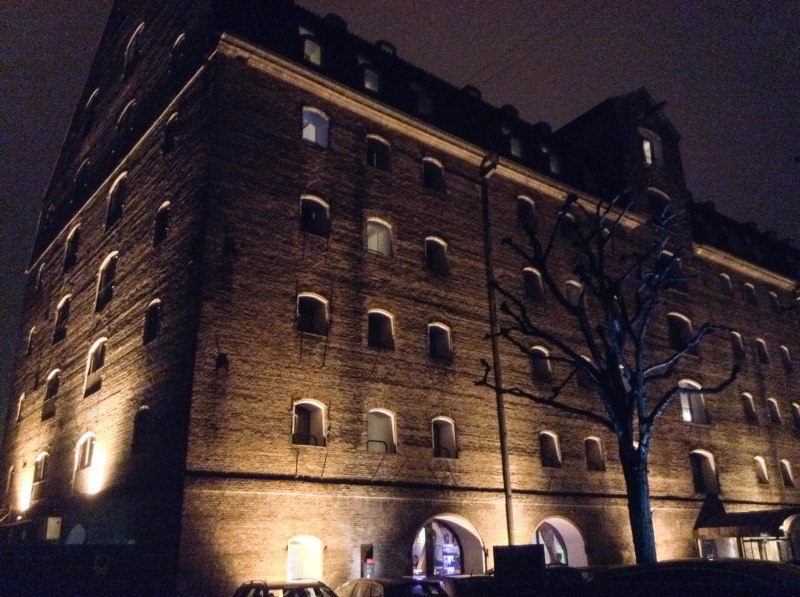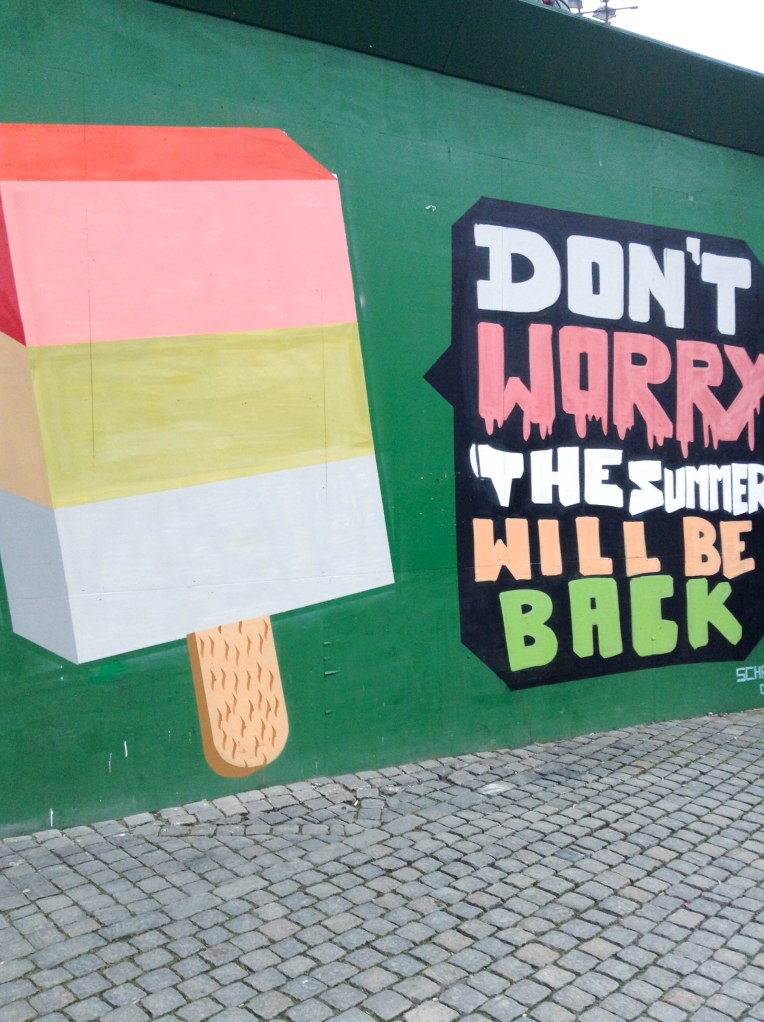Scott and I recently got the chance to take a much-anticipated drive around the south of Sweden to explore its natural and archaeological wonders. As much as I love traveling on foot and by train most of the time, it was a welcome treat to rent a vehicle and see the more remote parts of Skåne County.
No amount of research or anticipation could have prepared me for the stark and eerie beauty of the countryside. The guidebooks and travel blogs accurately describe miles of sandy coastline and remarkable Bronze Age artifacts; what they fail to capture is Skåne’s bewitching and moving loneliness.
The most incredible sight was Ales Stenar, Sweden’s own mini-Stonehenge, which sits on a grassy plateau that plunges sharply into the sea. It’s the largest of the Baltic region’s 3,000 year old stone ships, and standing on the ancient ritual site is a beautiful and unsettling experience.
At 200 feet long, Ales Stenar is smaller by far than Britain’s far better-known megaliths, but it has other important differences that make it stand out. For one thing, it’s completely open: no ropes, no fences, and none of the usual signifiers of a much-visited tourist site. Another thing that amazed me was that Scott and I were the only people there for much of our visit. The only other witnesses to the majesty and mystery of the site were a few sheep who pretty much ignored us in favor of the far more interesting grass.
Almost as dramatic as the stone ship were the adjacent cliffs and their sheer drop into the sea below. If you look closely, you’ll see a little white house that gives a sense of how high these cliffs climb from the shore.
Ales Stenar was only the first of a seemingly endless stretch of wild and windy beaches that line the medieval town of Ystad. As we traveled west toward Falsterbo, cliffs and rocks gave way to grassy, sandy strands blanketed with ink-black seaweed.
Salt-worn beach huts, left empty for the winter, added to the strange solitude of the place.
Part of the reason I was left with such an impression of loneliness was that we saw far more birds than people on our travels in Skåne. Birds were everywhere. We saw swans, geese, eagles so enormous I mistook them for airplanes in flight, and endless flocks of crows.
As a Vancouverite, I know from crows. I’ve seen the skies of the East Van crowpath black with swarms of Hitchcockian proportions. What I’ve never seen is the nesting behavior I observed all along the south coast. Swedish crows choose a nesting tree in the birches and elms that line the farmers’ fields across the county. And when I say they choose a tree, I mean all the crows in the neighborhood pick one tree and fill it with nests, leaving the surrounding trees empty. The effect is striking and spooky.
In fact, this little road trip left me convinced that Sweden is really a very spooky place once you look past its uncommonly warm and welcoming inhabitants. Besides the many creepy abandoned houses and factories, the countryside is full of weathered churches…
…windmills stripped of their sails…
…and castle yards that inspire shivers even on sunny days.
In other words, it’s terrific fun for those who appreciate a dash of gothic gloom to go with their travels. To these kindred spirits, I highly recommend Sweden as a place in which to journey into the dark fairy tales of imagination. Just keep a light on when you get back to your hotel room and lay down to sleep. You know, just in case you need to find your way in the middle of the night.
